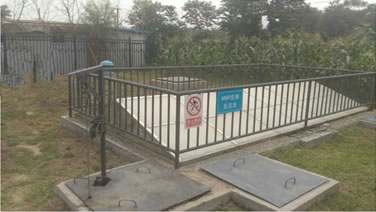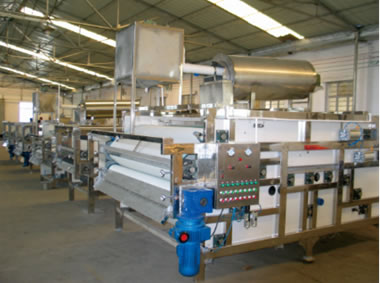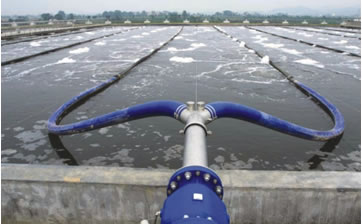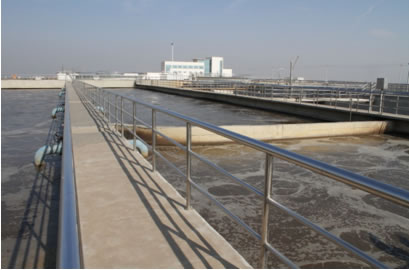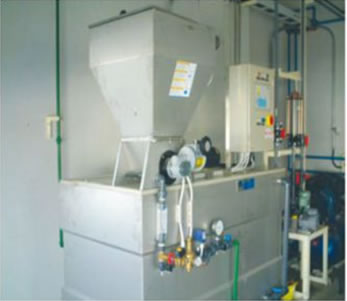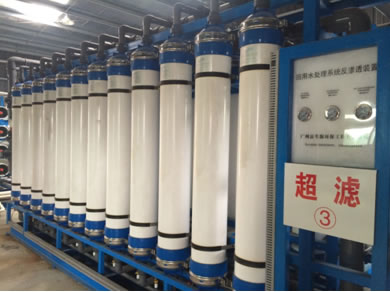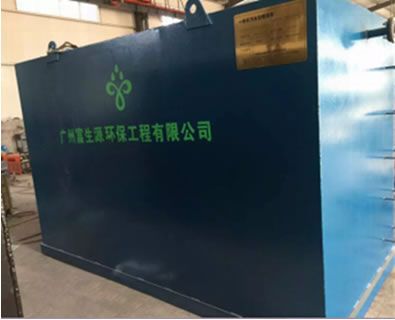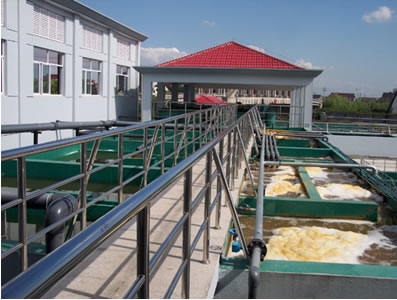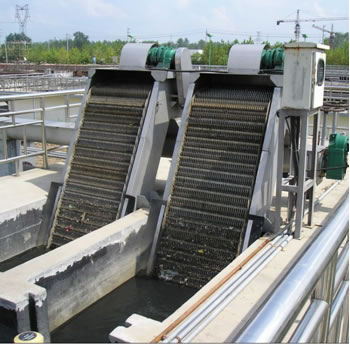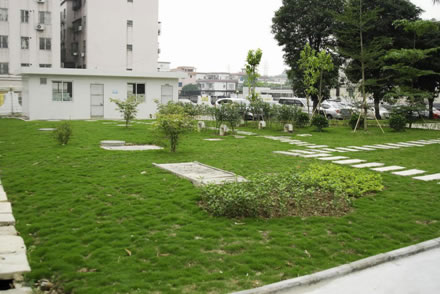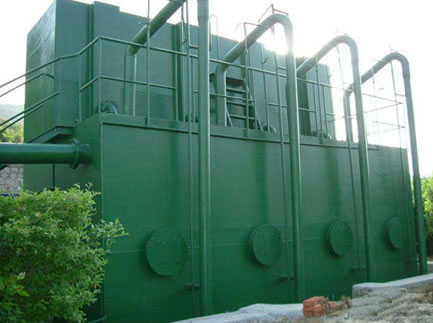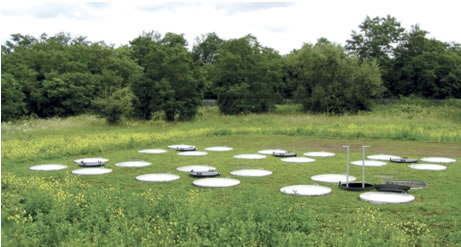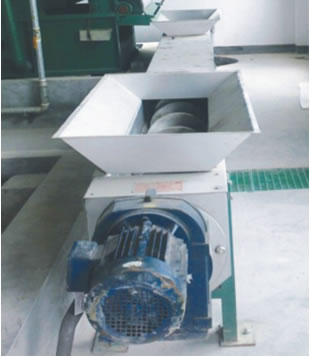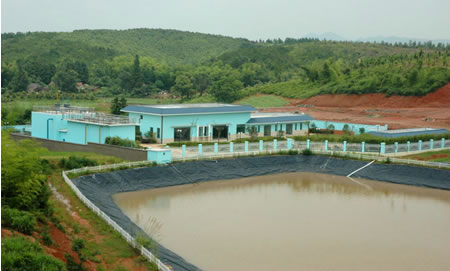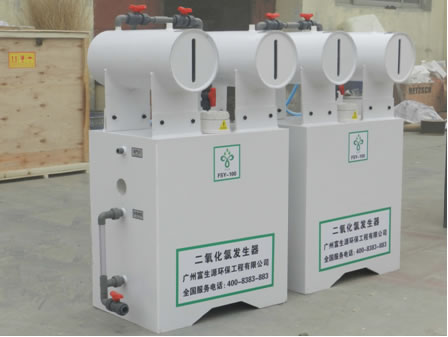Technology innovation
Water treatment technology
Basic knowledge of water treatment technology
Water quality indicators
1. Physical indicators
(1) turbidity
(2) suspended matter
(3) smell and taste
2. Chemical indicators
(1) Individual indicators of impurities or contaminants
(2) comprehensive indicators of inorganic properties
(3) Comprehensive indicators of organic pollutants
3. Microbiological indicators
4. Radioactive indicators
Water quality standards
1. drinking water quality standards
(1) Drinking water quality projects increased significantly from the original 35 to 96
(2) the detection items are divided into routine testing items (34) and unconventional testing items (62)
(3) increased the demand for turbidity
(4) Oxygen consumption (permanganate index) is added to conventional drinking water test items: Oxygen consumption (in terms of O2) does not exceed 3 mg / L, and in special cases no more than 5 mg / L.
(5) In the determination of inorganic and organic items, and to determine the foreign standards (WHO, the European Union, the United States), and consider China's national conditions.
(6) attention to disinfectant and disinfection by-products of the harm, from the original one, increased to 13 items.
(7) on some of the original project restrictions put forward more stringent requirements, a total of four: turbidity, lead, cadmium, carbon tetrachloride.
(8) increased fecal coliforms.
2. Industrial water quality standards
3. Other important water quality standards
(1) Surface water environmental quality standards
(2) other water quality standards
The basic method and basic process of water treatment
1. The basic method of water treatment
(1) removal of particulate matter
(Microfiltration, ultrafiltration), grit (coarse) Precipitation of particles), centrifugal separation (cyclone sedimentation) and so on
(2) removal, adjustment of water dissolved (inorganic) ions, dissolved gas treatment
The treatment methods are: lime softening, ion exchange, groundwater addition and removal of manganese, redox, chemical precipitation, membrane separation (reverse osmosis, nanofiltration, electrodialysis, concentration dialysis and other methods), water quality (dissolved ions in water balance, To prevent scaling and corrosion, see Chapter 5 of the book), fluoride (fluoride fluoride in high fluoride water), fluoride (fluoride water consumption of low fluoride water), blow off (remove free carbon dioxide, Hydrogen, etc.), aeration (oxygen), degassing (boiler water deaeration, etc.) and so on
(3) removal of organic matter treatment methods
The methods include: powdered carbon adsorption, raw water aeration, biological pretreatment, ozone preoxidation, preoxidation of potassium permanganate, preoxidation of hydrogen peroxide, preoxidation, ozone oxidation, activated carbon adsorption, bioactive charcoal, membrane separation, large Pore resin adsorption (for industrial pure water, high purity water preparation of organic matter removed) and so on
(4) disinfection methods
Methods are: chlorine disinfection, chlorine dioxide disinfection, ozone disinfection, UV disinfection, electrochemical disinfection, heat disinfection, etc.
(5) cooling method




